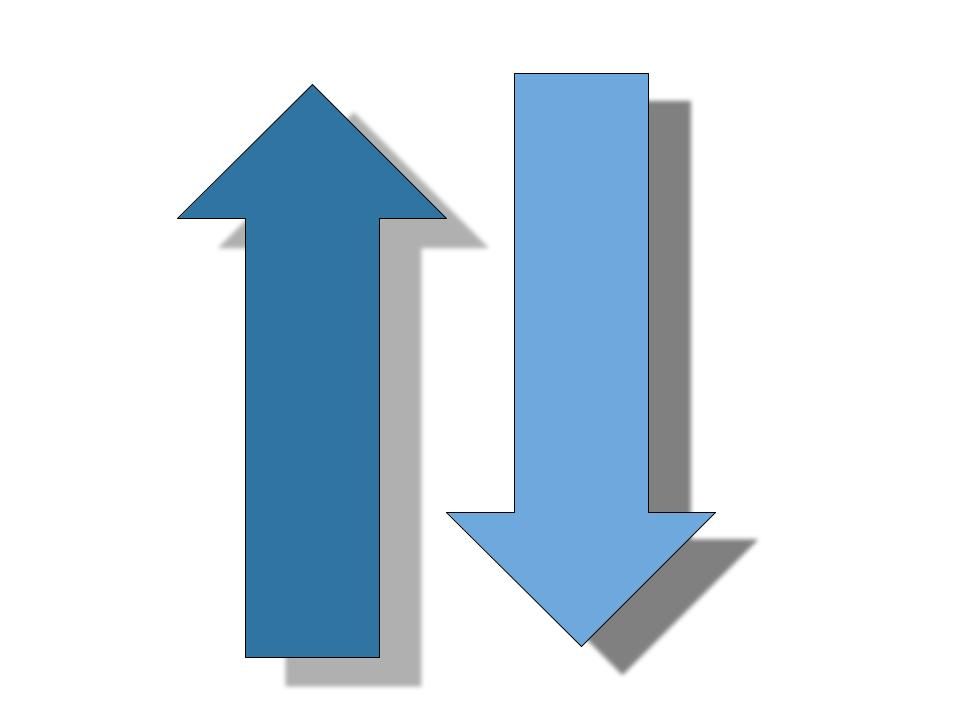
Symmetrical Broadband Speeds Expand the Digital Divide
By: Noah Vehafric
There’s been a lot of talk lately on how the U.S. defines broadband – one aspect of this conversation is how we accept a difference in downstream and upstream capabilities. Many have been calling for 100-100 “symmetrical speed” requirements. This is where upload speeds would match download speeds. Implementing such a policy is really a solution looking for a problem. Symmetrical speeds aren’t necessary, and could lead to wasteful overbuilding of infrastructure and distract from targeted solutions assisting those still left in the digital divide.
Earlier this month four Senators wrote to Acting FCC Chairwoman Jessica Rosenworcel and various members of the Biden Administration pressing to modify the definition of broadband as having 100 Mbps symmetrical speeds. If you have ever done an internet speed test, like you can do with the FCC speed test app, you’ll see that you get two numbers: one for upload and one for download. And you’ll probably notice that your upload speed is much lower than your download speed. Sounds like a problem, right? Well not exactly. Consumers on average upload way less than we download. NCTA found that 93% of internet traffic was downstream in 2020. We’ve developed our infrastructure primarily around downloading because we as consumers… well, download!
Currently the FCC defines broadband as “25/3” which means 25 megabits per second download speed and 3 megabits per second upload speed. This threshold is enough to do what Americans need to do right now: remote working, telehealth, remote learning, and entertainment. According to Zoom, only 1 Mbps is required for high-quality video calling for both upstream and downstream. Netflix requires only 0.5 Mbps per second.
Something we must consider in this discussion is that if we had to deploy the all of the infrastructure needed to allow for the same uploading to match the downloading we do, this would be an incredible waste of taxpayer money and private capital that could go towards building infrastructure that’s actually needed and actually used by consumers who remain without broadband. Overbuilding this infrastructure could delay connecting millions of Americans to the internet.
As we work towards closing the digital divide, our priorities for building infrastructure should be targeted and represent consumer demand. The evidence is clear that consumers need more downstream services than upstream services. Using tax dollars and private-sector investments to fund unnecessary infrastructure buildout will only waste money and slow the pace to connect Americans who are still on the wrong side of the digital divide.
Photo Credit: Digital Liberty